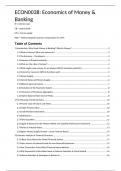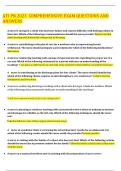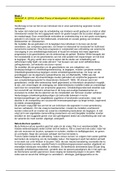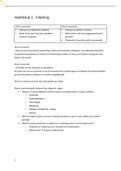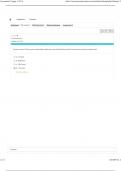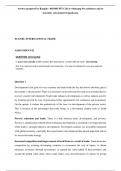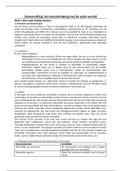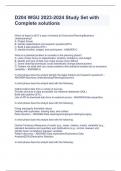College aantekeningen
Lecture Notes - Economics of Money & Banking (ECON0038)
- Vak
- Instelling
This document includes comprehensive lecture and textbook notes for ECON0038 from Weeks 1-5 to help you prepare for the MCQ exam for this module. I used these notes to score 80% in the MCQ exam. It includes the following topic: 1. Introduction. Why Study Money & Banking? What is Money? 2....
[Meer zien]
